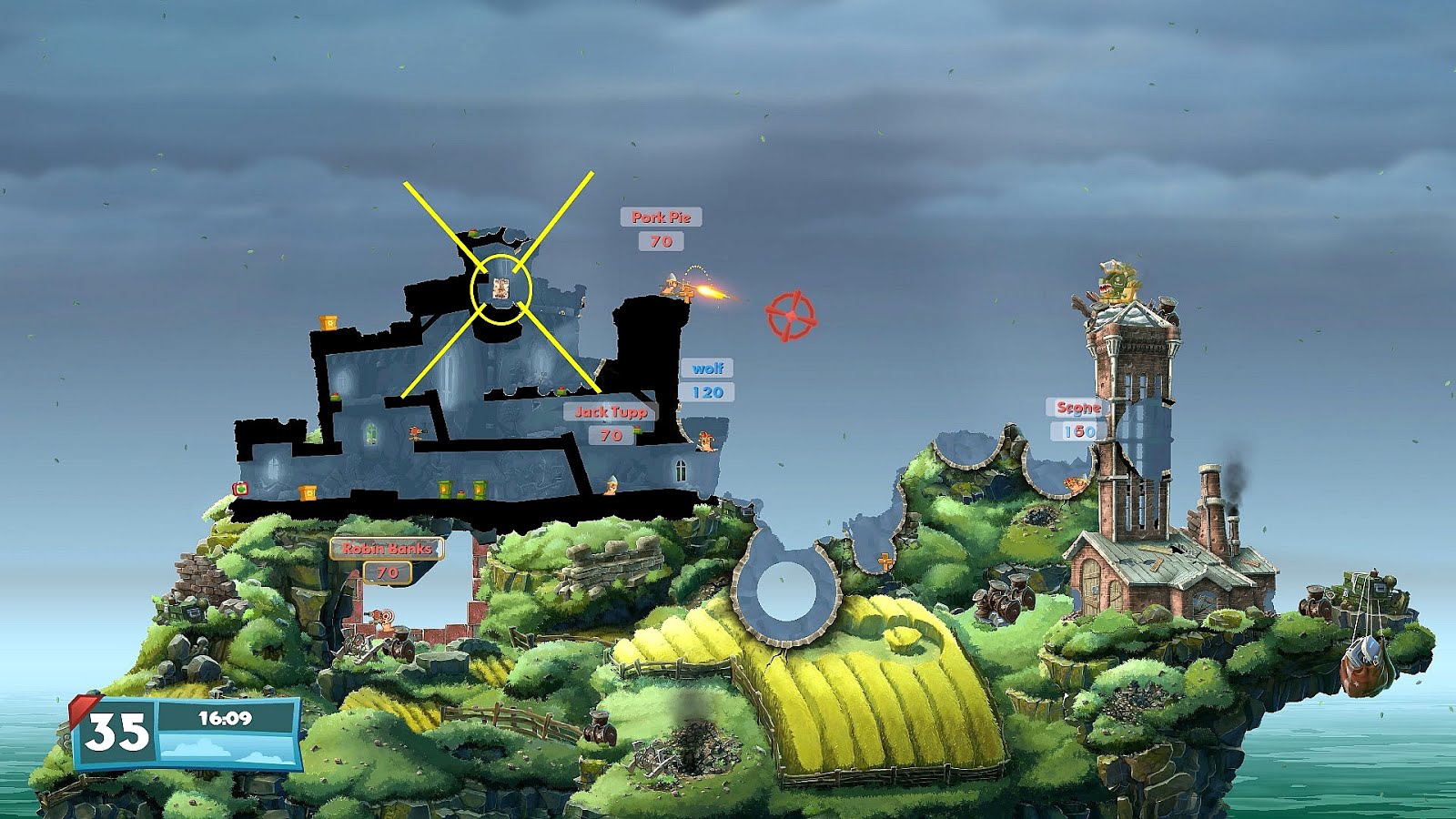
Coyotes that are captured for GPS collars will have their measurements taken, including weight, a hair, fecal and blood sample, which will be sent to Princeton University and Michigan Technological University for genetic sequencing.Īt $1,800 a pop, the collars aren't cheap. The department is also tracking the animals to get data for the red wolf study. One of the two Galveston coyotes with GPS collars. Henderson said the months of data that collar has collected have helped paint "a remarkably clear picture as far as where territorial lines start and stop." 20 on a coyote who got trapped in a resident's backyard. So far, the department has placed GPS collars on two coyotes and hopes to place 10 more, one in every pack from the east end of the island to the west end. "If we know we have a problem with a coyote at location X and we know his territory only extends in these boundaries, it makes the way we respond to a threat much easier," Henderson said. Henderson said tracking them will also help officials manage the population and if needed, better respond to any potential threats.

"It also may offer clues into where are the coyotes ultimately spending their time, what might be drawing them into one neighborhood or another," Henderson, 39, said. Galveston Animal Control is working to track the coyotes with GPS collars to better understand the animals, from population numbers to their territory boundaries to their diets. The same thing happened when the city closed the beaches due to the COVID outbreak at the start of the pandemic in the summer of 2020, said Henderson, who has been tracking coyotes in Galveston since 2013. Galveston resident Maury Isaacs Horton spotted this coyote on her street in October. Maury Isaacs Horton Show More Show Less 8 of8 Maury Isaacs Horton Show More Show Less 7 of8 The City of Galveston is working to track its unique coyote population tied to rare red wolves through a new public reporting tool and GPS collars. Josh Henderson Show More Show Less 2 of8Ī Galveston coyote is seen after being released with a GPS collar. Use Next and Previous buttons to navigate When the temperature drops and the beaches empty, it's prime time for coyotes to hunt for food and travel the island more quickly and safely instead of having to navigate populated areas and dodge traffic, people and construction, Henderson said.īACKGROUND: Galveston photographer’s discovery led to breakthrough red wolf study


The beach is an ideal habitat for coyotes who feed on washed-up dead fish, dune rats and human trash. The region's latest cold spell has contributed to the influx of coyote sightings on Galveston's beaches, according to Josh Henderson, animal services supervisor for the Galveston Police Department. The discovery, made years ago by a local resident, spurred a groundbreaking genetic study that aims to determine the prevalence of the rare red wolf DNA, or “ghost alleles” that researchers thought had gone extinct. Sporting reddish-brown fur and a slender build, they have been genetically linked to the rare DNA of endangered red wolves not seen since the 80s. These canids, mammals of the dog family known by most residents and officials as coyotes, have made their way into Galveston neighborhoods, where they have been increasingly spotted in backyards and driveways.īut these aren't typical coyotes.

(Helen Saldivar/Facebook) Video: Helen Saldivar/Facebook A Galveston resident filmed this video of a pair of wild canids, or coyotes, running down Galveston beach on a cold January morning.


 0 kommentar(er)
0 kommentar(er)
